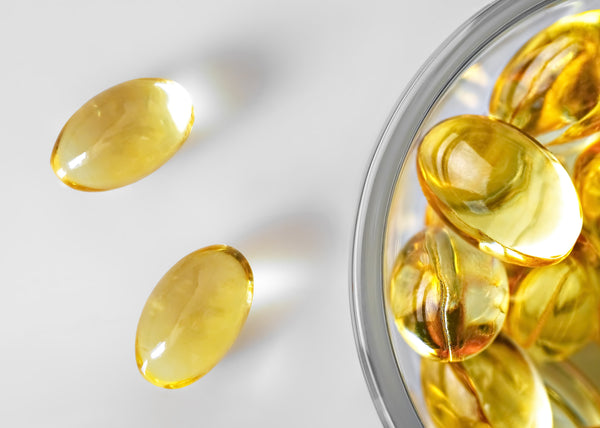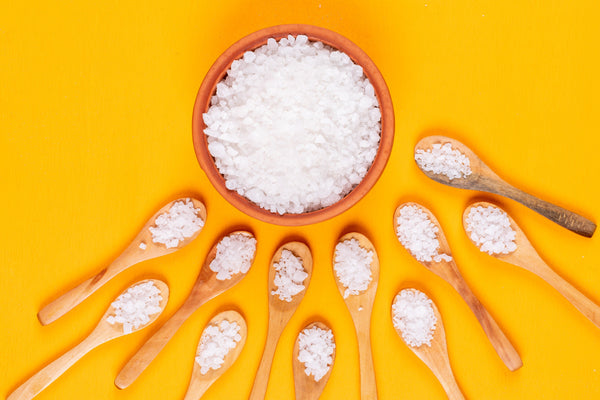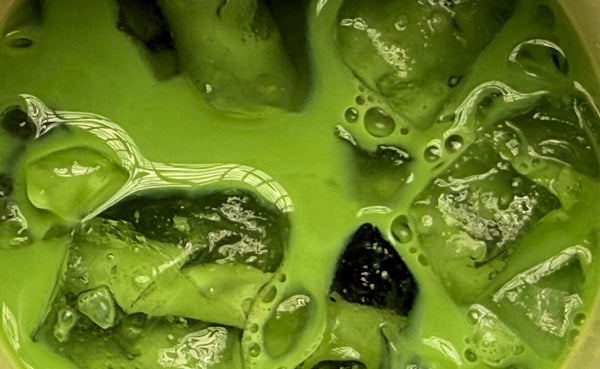How to Read Labels for Protein Supplements
Hey, health freaks! Have you ever found yourself staring at a wall of protein supplements and packets, feeling like a lost puppy? We know how confusing reading all the technicals can get, giving you brain fog while trying to understand How to read a protein label.
Worry not, we’re making your lives easier by understanding protein supplements. Here’s all that you need to look for in protein labels
What is Protein Powder?
Let us start with the basics. Protein Supplements are proteins extracted from various sources like whey, casein, plants(pea, soy, and other plant products), or any other sources. They are often regarded as meal replacement powders (MRPs) rather than just plain protein and can be consumed by those who do not receive enough protein from their diet.
How to Read a Protein Supplement Label?
Protein powder labels are not tough to read but understanding information about its inclusions and contents can make you lost. So the question is: How to identify the best protein powder?
Here is a list of all the important things to check on a label when buying a protein powder.
Protein Supplement Content
The protein content is determined by the protein-to-total weight ratio of a scoop. A higher ratio indicates more protein per scoop and fewer non-protein components like carbohydrates, sugars, and fats. For example, if a 32g scoop contains 22g of protein, the protein-to-total weight ratio is (22/32) * 100 = 68.75%. This means that 68.75% of the scoop is protein. The best protein powders have a protein-to-total weight ratio of more than 65%.
Amino acid profile
Amino acids are the building blocks of protein, essential for muscle building and recovery—important for bodybuilders. A complete amino acid profile includes all the essential amino acids that the body cannot produce. This makes it a crucial factor to consider when buying a protein powder.
BCAA
As part of the amino acid profile, BCAAs (branched-chain amino acids) include leucine, isoleucine, and valine. These amino acids are crucial for muscle energy and reducing muscle breakdown, making them highly sought after by athletes. Ideally, all protein powders, including some of the best plant-based ones, contain approximately 3 to 5 grams of BCAAs per 25-gram serving.
Caloric and Fat Content:
Make sure the calorie content aligns with your dietary goals, whether for weight loss, maintenance, or gain. It is important to check the amount of trans fats and saturated fats as well to understand your intake requirements.
Added Sugar
Some protein powders have a high sugar content along with artificial sweeteners to enhance the taste. Sugars increase the calorie count of protein powders, and may also cause inflammation. A solid NO-NO for bodybuilders and athletes.
Look for “added sugars” and “added artificial sweeteners” warnings on the label. It's best to avoid protein powders with the following sweeteners added to them:
- Acesulfame potassium (Acesulfame K)
- Advantame
- Aspartame
- Sucralose
-
Neotame
You can instead opt for natural sweeteners like stevia and monk fruit that provide taste without spiking the calorie count.
Ingredients/Sources Of Protein Supplements
You don’t want to eat something if you don’t know where it came from, right? Just as the case of protein powders. Checking the source of proteins in the ingredient section is essential. Protein sourced from soy protein and pea protein are some of the strong players to check for in a label. A good protein source is one with clean plant-based sources.
Digestive Enzymes
Some protein powders contain digestive enzymes like protease, lactase, lipase, cellulase, bromelain, and papain to boost the digestion and metabolism of protein. Some of the best plant protein sources contain digestive enzymes and superfoods along with proteins.
Third-Party Testing
Mislabeling is an unethical yet common practice when it comes to protein powders. It is very difficult to know if the labels are true to their word. Hence, checking for third-party tested labels is essential to ensure the quality of protein.
Certifications for Protein Supplements
In the process of extracting protein from many sources, it might contain contaminants, impurities, or false protein sources such as glutamine, or glycine. Hence, it is important to buy protein powders that are certified like Informed-Sport or NSF Certified for purity and potency.
a) Informed-Sport Certified Label
A golden parameter to check on protein labels. Informed-Sport Certified stamp ensures that the product has undergone rigorous testing for banned substances and contaminants. This stamp guarantees the safety and quality of the protein, meeting high-quality standards. Hence, it is essential to buy a protein with an Informed-Sport Certified Label.
Other certifications that guarantee the safety and quality of the product include FDA-Registered Facility, HACCP, and GMP Certified.
b) NSF Certified Label
The NSF Certified stamp is a mark of quality and trust provided by NSF International, a global organization. When it comes to protein labels, having the NSF Certified stamp means that the product has undergone rigorous testing for purity and does not contain any contaminants. This is particularly important for athletes, fitness enthusiasts, and anyone concerned about their health.
Things to look for on a protein supplement label:
Protein Content: More than 65% protein per serving
Amino-Acid Profile: Complete amino acid profile
BCAA: 3 to 5 gm of BCAA per serving
Digestive Enzymes: Look for digestive enzymes and superfoods in protein powder
Sugar Content: No added sugars or carbohydrates
Source of Protein: Clean, plant-based source of protein
Purity: Third-party tested and Informed-Sport Certified



























 DOWNLOAD NOW
DOWNLOAD NOW
